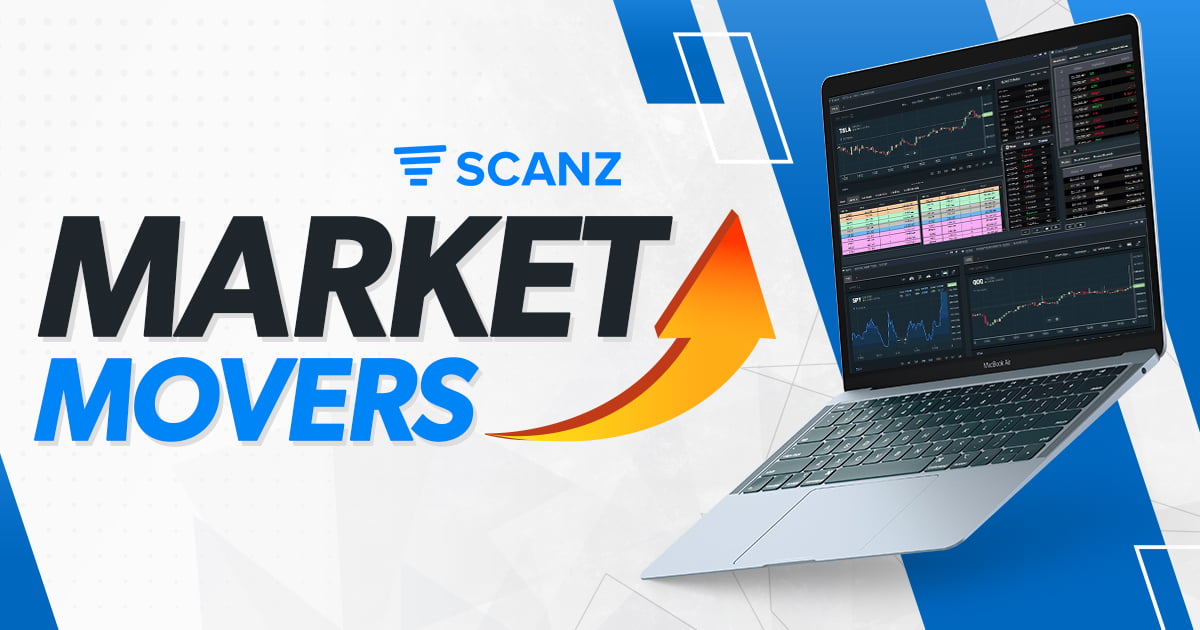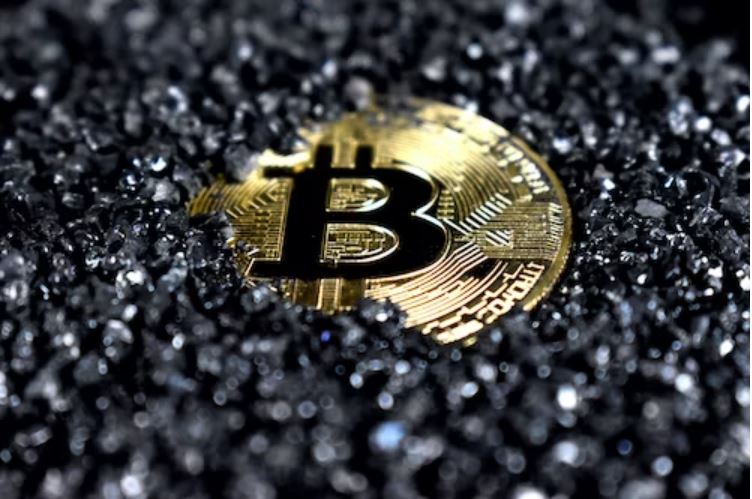That is half 2. Try half 1, MEV resolutions: Are we there yet?
As we discussed last month, the MEV ecosystem is rising quickly. As a substitute of making an attempt to solve MEV, focus has shifted to incorporating it into utility and protocol design. MEV mitigation and democratization have grow to be crucial issues in DeFi (and arguably, all of Ethereum). But whereas MEV mitigation efforts are essential to make Ethereum straightforward to make use of, the options rising over the previous 12 months (whereas aggressive), have come on the expense of decentralization.
This has led to soul looking over the true objective of the DeFi ecosystem. Is it creating merchandise which can be aggressive with TradFi and centralized crypto exchanges? Or is it attaining some undefined decentralization finish level?
This debate is finest exemplified by the latest rise so as movement auctions (OFAs), the MEV mitigation technique that returns the worth extracted again to the tip person (for a price).
There are various totally different options within the works (and we talk about the principle ones in a while), however all of them observe the identical sample:
-
Order routing and execution are delegated to specialised networks exterior of Ethereum.
-
This intermediate computation layer depends on trusted actors to mediate between customers and validators.
-
These new networks empower subtle (and centralizing) market makers, however this comes on the expense of on-chain liquidity.
Is non-custodial buying and selling with skilled market makers inevitable for DeFi? Decentralizing the MEV provide chain and democratizing MEV rewards are hurdles to clear, however this is not going to be the catalyst of recent revolutionary DeFi merchandise that conquer CeFi and TradFi.
Let’s first do a inventory tackle the newer strategy to MEV mitigation. Over the previous 12 months, there was an enormous shift in how DeFi customers commerce on Ethereum. More and more, they’re sending their trades to not the general public mempool however to non-public networks that fill and execute orders and return a portion of the MEV extracted back to users. These OFAs, the place searchers/solvers/fillers bid on the suitable to execute orders utilizing each on and off-chain liquidity, are available in all sizes and styles
These networks function trusted (for now) intermediaries. On one aspect are retail customers and the opposite is a set of market makers, bidders, searchers or solvers, which we’ll discuss with as facilitators. Shifting order routing off-chain to facilitators yields a big fuel value financial savings, whereas customers get higher costs as a result of facilitators may also use off-chain liquidity. Facilitators might theoretically commerce towards their customers (frontrun or sandwich) however this is able to jeopardize their future movement. So, it’s in the perfect curiosity of the OFA networks to make sure facilitators are usually not appearing maliciously.
OFAs have other ways of policing facilitators. Some solely enable sure entities to bid for order movement (permissioned), whereas others enable anybody to take part however can retroactively punish unhealthy actors (both by slashing a stake or simply banishing them from the community). Others enable facilitators to bid for orders permissionlessly by utilizing a batch (CowSwap) or Dutch public sale (Uniswap X, DFlow, and 1inch Fusion). This requires extra time for the public sale to finish and the OFA community should nonetheless belief that the block builder will not be extracting MEV when it passes alongside the transaction bundle to validators.
There’s now a feverish rush to redirect all retail movement from the general public mempool to non-public OFA networks. Uninformed retail merchants are the supply of MEV, so anybody that controls that movement can entice the perfect facilitators and market makers to their community. OFA networks are concentrating on wallets and RPC suppliers, in addition to constructing their very own front-ends. A number of distinguished organizations have launched their very own non-public mempools, like Blocknative’s Transaction Boost, Flashbots Protect, and MEV Blocker (from Gnosis). In the meantime, quite a few unbiased transaction-based non-public mempools, comparable to Merkle and Kolibro, have lately emerged. Proudly owning retail movement is crucial a part of the MEV provide chain.
In evaluating the rise of those OFA networks, we additionally want to recollect a key differentiator: between these whose enter is the person’s transaction, versus these which can be a person’s intent. Intent is a made-up time period – crypto is superb at that – to explain a person’s want for a sure consequence, relatively than a transaction, which is particular traces of code to execute. Flashbots’ Quintus Kilbourn and Paradigm’s Georgios Konstantopoulos define it succinctly:
If a transaction explicitly refers to “how” an motion ought to be carried out, an intent refers to “what” the specified consequence of that motion ought to be. If a transaction says “do A then B, pay exactly C to get X back”, an intent says “I want X and I’m willing to pay up to C”.
For many customers concerned with executing a swap at the perfect price with the bottom charges, utilizing an intent-based structure is right. Most customers don’t care how their order is executed, solely that whoever executes it abides by circumstances outlined by the person.
This harkens again to the traditional debate on whether or not blockchains are finest regarded as a world laptop or a worldwide settlement layer. Clearly, there are advantages to sensible contracts and trustless execution, however at what value? It additionally matches into the pattern of transferring execution to Layer 2s generally. The distinction being that when utilizing Arbitrum or Optimism, you might be utilizing the identical execution engine as Ethereum (the EVM) and posting a proof of the execution on Ethereum. OFA networks and intent-based blockchains (like SUAVE, Anoma, or DFlow) will even want to supply related belief assurances, in the event that they need to preserve the identical belief assumptions as execution on Ethereum.
Efforts to mitigate the unfavorable externalities of MEV through OFA networks have had one apparent casualty: on-chain liquidity. All efforts to route trades to non-public OFA networks imply that facilitators have the primary take a look at filling orders. Facilitators can faucet into liquidity supplied by on-chain automated market makers like Uniswap, Balancer, and Curve, however they are going to solely get movement when facilitators resolve it’s not price utilizing their very own liquidity. On-chain liquidity suppliers are already getting slammed by CEX-DEX arbitrage and issues from loss versus rebalancing (LVR), however within the new market structure to attenuate MEV, they will even forfeit their unique entry to retail DEX merchants.
So, are on-chain liquidity and MEV mitigation actually mutually unique? Not everybody thinks so. Present efforts to attenuate MEV extraction whereas nonetheless empowering on-chain liquidity suppliers (LPs) are underway. The only methodology is to return MEV from CEX-DEX arbitrage again to LPs. The method goes like this: A price change on Binance results in a rush to commerce towards Uniswap LPs that haven’t but included the brand new price. There’s an enormous quantity of worth to be extracted from whomever will get to commerce towards the LPs first. The McAMM (MEV capturing AMM) design would public sale off the suitable to the primary commerce per block and return the proceeds to LPs.
Empowering LPs can also be the inspiration for Uniswap v4 and Ambient Finance, which we referred to as “Fresh hope for passive LPs” in a deep dive in June. Each of those AMMs allow swimming pools to be programmed with “hooks”. The design house for these has not but been totally explored (Ambient launched in June and Uni v4 has but to completely launch), however they might impose restrictions on who can commerce with a liquidity pool. Theoretically, they might solely enable trades from sure OFA networks or non-public mempools. This implies retail movement might be aggregated and solely given to particular Uniswap/Ambient LP swimming pools. Extra importantly, hooks might be designed to guard LPs from toxic flow but it surely additionally may restrict arbitrageurs rebalancing the pool. Only a few weeks in the past, Arrakis released Diamond Hook, a Uni v4 hook meant to alleviate LVR considerations for LPs, though some question whether or not it could possibly obtain its mission.
The efforts to resolve the MEV disaster are rejiggering your entire DeFi panorama, so it’s price taking a step again to ask, what are we making an attempt to realize? We’ve been writing about DeFi for nearly 5 years due to the earnestness of these working in it to construct a greater monetary system (regardless of an absence of consensus on what this truly is!)
To us, DeFi has three worth propositions that make it a monetary system that conceptually doesn’t enshrine market winners as long-term lease extractors:
-
DeFi is clear. FTX couldn’t occur on-chain as a result of DeFi is non-custodial. BlockFi couldn’t occur in DeFi as a result of the mortgage ebook is open and liquidations are automated.
-
DeFi is world first. Nationwide regulators can limit entry on the utility layer, however DeFi’s default setting is open entry all over the world.
-
DeFi unlocks new monetary merchandise and improvements via programmable cash and creates an open platform for others to permissionlessly construct on high of, very similar to the web.
Does the existing MEV supply chain preserve these ideas? It’s too early to inform, however there are some crimson flags. OFAs don’t (but) supply the identical transparency as on-chain execution. Facilitators have gotten extra subtle and it’s doable that we’ll finish up in a world the place fillers/solvers/searchers are all massive Wall Road market-making corporations. This isn’t inherently a foul factor, however trade focus makes it a straightforward goal for regulators and threatens DeFi’s world nature.
As for unlocking new monetary merchandise and innovation, OFAs are targeted on finest execution and the present construction appears an terrible lot just like the one Robinhood and Citadel already pioneered.
Even when this grew to become the tip state for DeFi, three big improvements would nonetheless have been unlocked:
-
Non-custodial buying and selling: The original motivation for creating decentralized exchanges was to permit customers to take care of management of their crypto and shield towards the danger of hacks, inside jobs, and self-dealing at centralized crypto exchanges. An intent-based DEX settled on Ethereum fulfills that imaginative and prescient.
-
Bootstrapping liquidity for long-tail property: Even when subtle market makers are the first liquidity suppliers for blue chip property, on-chain AMMs are nonetheless the easiest way to bootstrap liquidity – and a invaluable innovation for the long-tail of property. These round in pre-Uniswap instances will bear in mind how exhausting it was to construct a liquid market on primitive DEXs like Ether Delta. Permissionless on-chain liquidity swimming pools are an infinitely higher choice than the shady enterprise practices of CEX listings.
-
On-chain lending swimming pools: The lending aspect of DeFi has not been as obsessive about MEV as DEXs. Whereas there are points to beat (particularly round oracles), on-chain credit score markets are simply getting began, and have continued to provide new, attention-grabbing merchandise even within the bear market.
Numerous promising MEV mitigation methods are rising, however what finally wins out is much less essential than transferring previous MEV as the focus of DeFi. The important thing consideration for any blockchain’s MEV ecosystem is whether or not MEV extraction or redistribution threatens the three DeFi worth propositions we outlined above. Centralizing parts within the MEV provide chain will imperil all three.
So who’s doing it nicely? dYdX and the Cosmos ecosystem are utilizing the appchain mannequin and on-chain governance to make sure that their validators are not extracting MEV – or a minimum of are clear about it. This implies the chains can keep targeted on constructing nice DeFi merchandise. Skip Protocol is a sovereign MEV infrastructure supplier underpinning many of the advances within the Cosmos MEV ecosystem.
The rise of OFAs is a obligatory step in defending DeFi customers towards the risks of the darkish forest. We’re most inspired by SUAVE, Flashbots’ new blockchain (set to launch a Devnet in Q4), as a result of it provides higher transparency in execution, privateness safety, and a reputable path to decentralizing block manufacturing. Decentralized sequencers for Layer 2s, like Espresso or Astria, are usually not too dissimilar.
In the end, we drink the kool-aid on intent-based methods, and suppose the delayed public sale format utilized by CoW, Uniswap X, DFlow, and 1inch Fusion is the perfect market construction to forestall centralization of facilitators whereas remaining permissionless. Transparency in intents execution continues to be sorely wanted.
Decentralized OFAs is not going to be sufficient to beat CeFi. New primitives are wanted. Probably the most promising improvement in MEV mitigation and DeFi innovation extra broadly is the brand new DEX design of Uniswap v4 and Ambient Finance. These are the primary DEXs to be designed with MEV mitigation methods. The idea of “hooks” permits LPs to discriminate between poisonous and non-toxic movement, which might lastly generate positive returns for LPs.
Many DeFi customers have been turned off by the rise of MEV as a result of fixed concern of getting taken benefit of. This rightly drove analysis into mitigating issues for the common person. The all-encompassing nature of MEV has made it really feel like the one recreation on the town. It’s extremely essential to repair, however new kinds of MEV extraction and redistribution gained’t be what drives innovation in DeFi, nor what makes it profitable long run. The important thing to any MEV answer should be one that enables for DeFi to return to its roots: a clear, world monetary system the place entrepreneurs can construct new monetary merchandise which can be unlocked via sensible contracts and programmable cash.
To place our playing cards on the desk, we strongly imagine that DeFi will solely work long run if there’s transparency in how orders are executed, and if retail customers can earn some constructive return by LPing. In fact, subtle actors ought to be capable to earn a better return, however DeFi could have failed if it could possibly’t produce greater than an up to date model of an on-chain index fund. Others contend that “passive LPing will [never] be profitable” and the objective is to merely return worth leaked to LPs to make wholesome markets on-chain. On this world, the charges sometimes paid to Blackrock could be paid to rebalancers within the MEV ecosystem. So DeFi is having your ETF managed by a decentralized market of merchants settled on a blockchain.
These are totally different visions for the way forward for DeFi, and now that MEV mitigation and redistribution methods are in place, we are going to see which one wins out. Our take:
-
PoolTogether launches v5 Link
-
Ethereum basis will get $9k extracted on on-chain ETH commerce Link
-
Ethereum mempool transactions now on Dune Link
-
Elixir, DeFi protocol aimed to extend orderbook liquidity, raises $7.5m Link
-
Over $500k in cumulative price income for Uniswap labs from front-end price Link
-
USDC provide dropped 44% since ATH to $23bn Link
That’s it! Suggestions appreciated. Simply hit reply. Particular due to Daniel MacLennan for dialogue and suggestions on right now’s submit. Written in Nashville. Pleased fall y’all.
Dose of DeFi is written by Chris Powers, with assist from Denis Suslov and Financial Content Lab. All content material is for informational functions and isn’t meant as funding recommendation.







